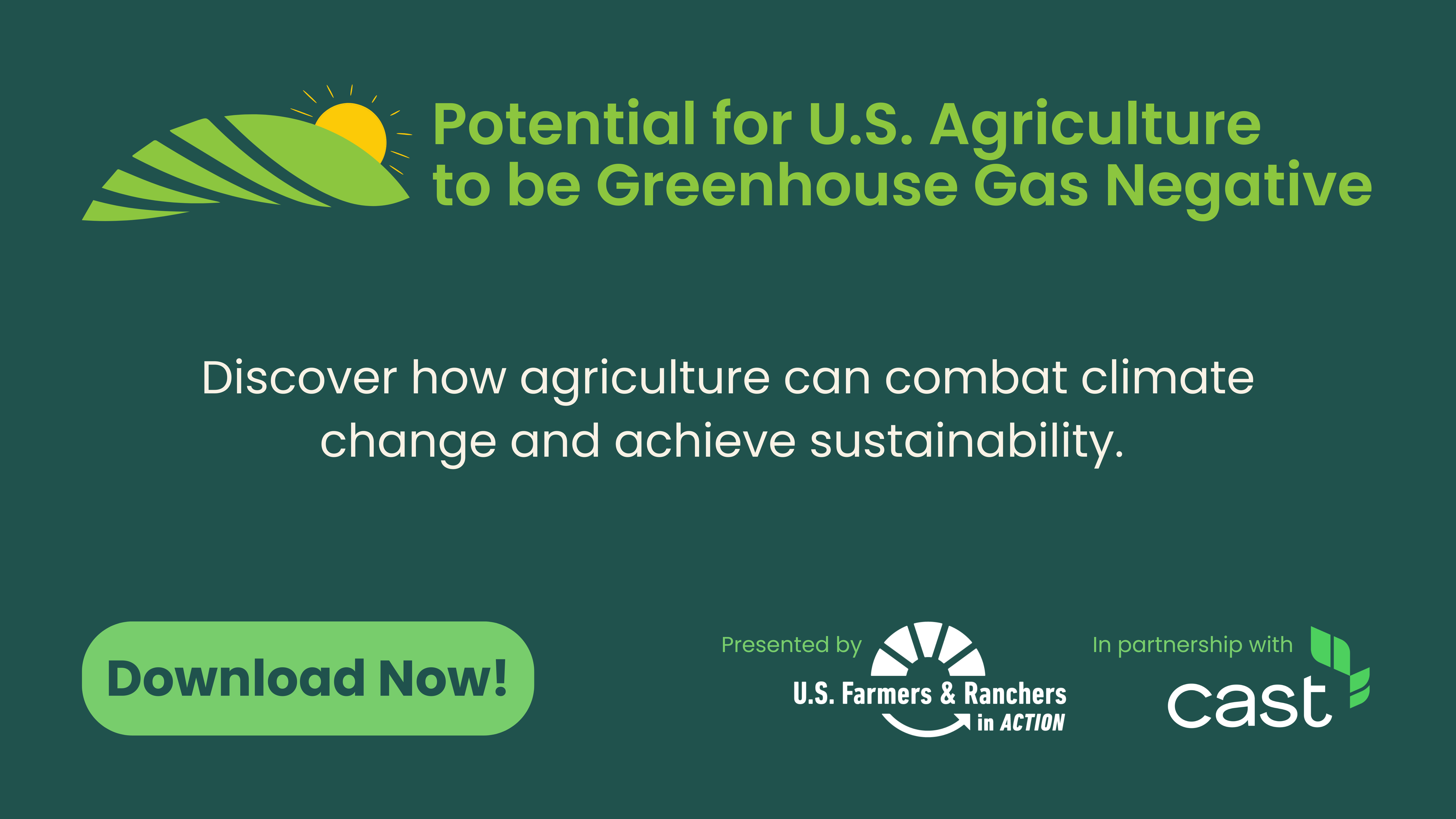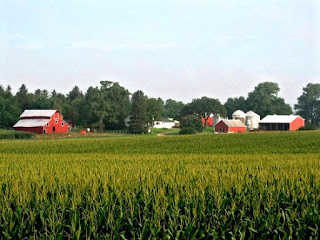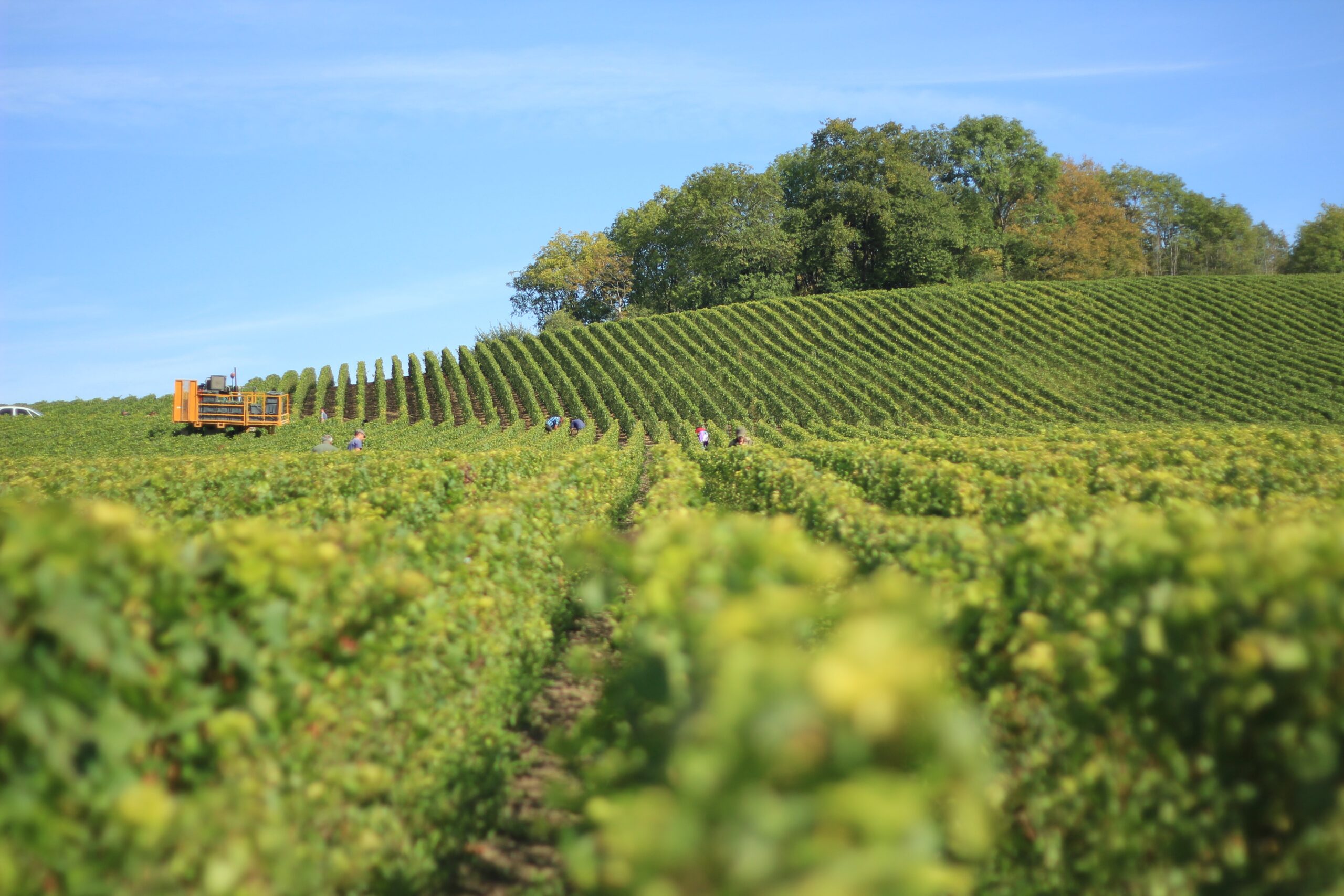
Potential for U.S. Agriculture to Be Greenhouse Gas Negative
“Potential for U.S. Agriculture to Be Greenhouse Gas Negative” outlines how combining reduced GHG emissions from some agricultural activities with

Potential for U.S. Agriculture to Be Greenhouse Gas Negative
“Potential for U.S. Agriculture to Be Greenhouse Gas Negative” outlines how combining reduced GHG emissions from some agricultural activities with

Zoonotic Diseases in Animal Agriculture and Beyond: A One Health Perspective
By looking through the lens of One Health, we identify key lessons learned in the dynamics of zoonotic diseases including

Flujo de Genes en Alfalfa: Biología, Mitigación y Efectos Potenciales en la Producción
Este importante informe de CAST describe la biología y las prácticas agronómicas de la alfalfa que deben tenerse en cuenta

Omega-3 Fatty Acids: Health Benefits and Dietary Recommendations
This publication presents a robust narrative on the family of omega-3 polyunsaturated fatty acids—a narrative that not only includes their

The Clean Water Act of 1987 states that the elimination of pollutant discharge into navigable water is a national goal.

Sustainability of U.S. Soybean Production
This CAST Special Publication documents the ecological and economic implications of the various systems used in U.S. soybean production. Soybean

Fate and Transport of Pathogens in Swine Manure
This publication, “Fate and Transport of Zoonotic Bacterial, Viral, and Parasitic Pathogens During Swine Manure Treatment, Storage, and Land Application,”

Gene Flow in Alfalfa: Biology, Mitigation, and Potential Impact on Production
This Special Publication describes the biology and agronomic practices in alfalfa that should be considered in developing coexistence strategies to

Water Quality and Quantity Issues for Turfgrasses in Urban Landscapes
Scientists have documented an array of benefits to the environment and to humans resulting from turfgrasses. Water management is a

Avian Influenza Vaccines: Focusing on H5N1 High Pathogenicity Avian Influenza (HPAI)
Avian influenza (AI) vaccine can be used in emergency, routine, and preventive programs, although vaccine alone will not completely eliminate